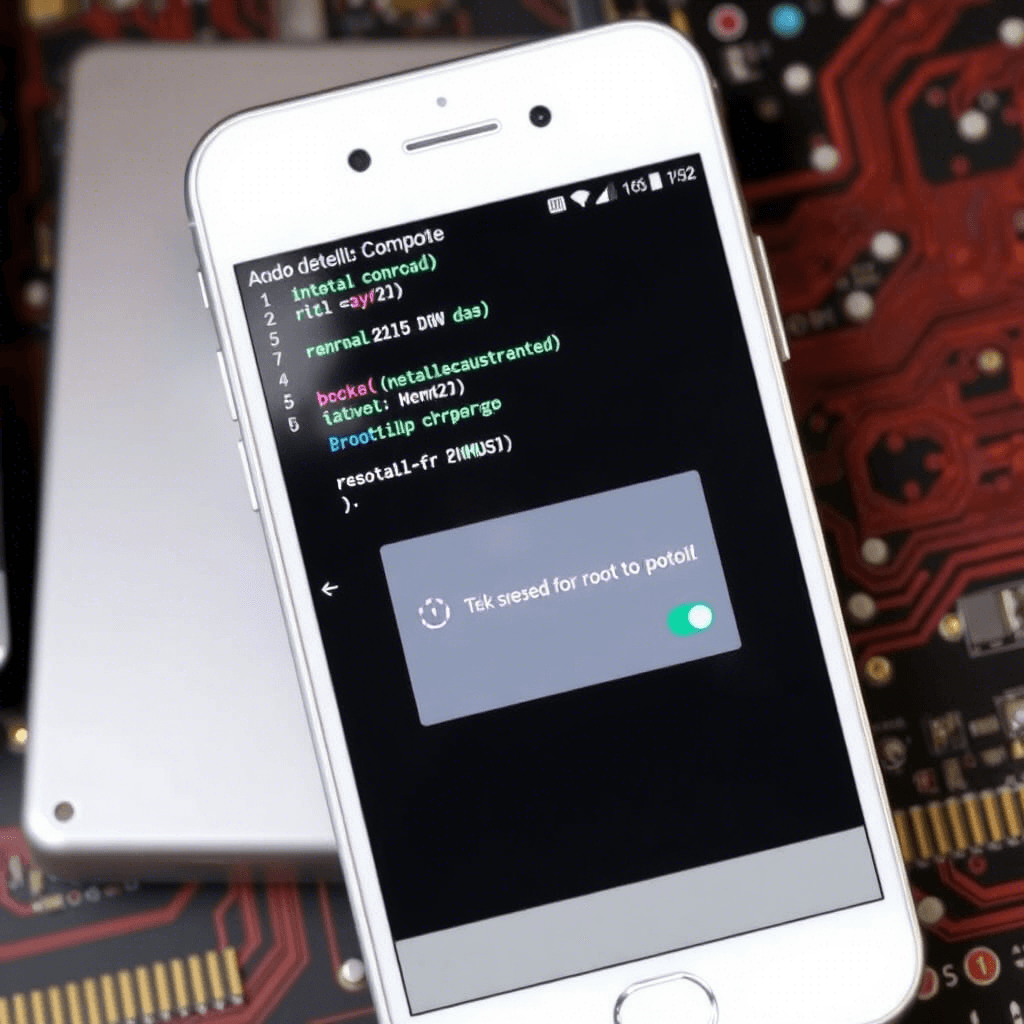Complete Guide to Rooting Your Android Phone Safely (2025 Updated)
Introduction: Why Root Your Android Phone?
Rooting an Android phone gives you full control over your device, unlocking powerful features like system customization, better performance, and access to advanced apps. However, improper rooting can cause security risks, void warranties, or even brick your device. In this guide, we’ll walk you through the safest way to root your Android phone in 2025.
What is Rooting?
Rooting is the process of gaining administrative (superuser) privileges on your Android device. This allows you to:
- Remove bloatware and unwanted system apps.
- Boost battery life and performance.
- Install powerful root-only apps.
- Customize the UI beyond stock limitations.
Is Rooting Legal and Safe?
Rooting is legal in many countries, but some manufacturers void warranties on rooted devices. Safety depends on the method used—following a well-tested process ensures a smooth experience.
Risks of Rooting
- Bricking your device: Incorrect procedures can render your phone unusable.
- Security vulnerabilities: Rooted devices may be more exposed to malware.
- Voiding warranty: Some brands do not cover rooted devices under warranty.
- App restrictions: Certain apps (e.g., banking apps) may not work on rooted devices.
Preparing Your Android Device for Rooting
Before you proceed, follow these essential steps:
1. Back Up Your Data
Rooting may erase all your data. Use Google Drive or external storage to back up contacts, photos, and apps.
2. Unlock the Bootloader
Most Android phones require bootloader unlocking to install custom recovery and root access.
Steps to Unlock Bootloader:
- Enable Developer Options (Go to Settings > About Phone > Tap Build Number 7 times).
- Enable OEM Unlocking and USB Debugging in Developer Options.
- Use ADB & Fastboot:
- Install ADB & Fastboot on your PC.
- Connect your phone via USB.
- Enter fastboot mode (
adb reboot bootloader). - Run
fastboot oem unlockorfastboot flashing unlock. - Confirm unlock on your phone.
3. Download the Right Rooting Tools
- Magisk (Recommended for systemless root)
- TWRP Recovery (For custom recovery installation)
- ADB & Fastboot Drivers (To connect your device to a PC)
How to Root Your Android Phone Safely
Method 1: Rooting with Magisk (Systemless Root)
- Install TWRP Recovery:
- Boot into Fastboot mode (
adb reboot bootloader). - Flash TWRP (
fastboot flash recovery twrp.img). - Boot into TWRP (
fastboot boot twrp.img).
- Boot into Fastboot mode (
- Flash Magisk:
- Download the latest Magisk.zip.
- Transfer it to your phone.
- In TWRP, tap Install > Select Magisk.zip > Swipe to Confirm.
- Reboot your device.
- Verify Root Access:
- Install the Magisk Manager app.
- Check if root is successfully enabled.
Method 2: One-Click Rooting Apps (For Some Devices)
If your phone supports one-click root methods, use:
- KingoRoot
- OneClickRoot
- iRoot
Simply install the app, follow on-screen instructions, and reboot.
Best Practices After Rooting
1. Install a Root Manager
Apps like Magisk Manager help manage root permissions securely.
2. Use a Root Checker
Verify root status using the Root Checker app.
3. Enable SafetyNet Protection
Some apps block rooted devices. Magisk Hide can mask root status for banking apps.
4. Keep System Updates in Mind
Rooting may prevent OTA updates. Use custom ROMs or flash updated stock firmware manually.
How to Unroot Your Android Phone
If you need to unroot your device:
- Use Magisk Manager to uninstall Magisk.
- Flash stock firmware via Fastboot or Odin (for Samsung devices).
FAQs About Rooting Android Phones
Not if you follow the right steps. Always use official tools and verified guides.
Most stock updates won’t work, but you can manually install updates or use custom ROMs.
For most brands, yes. But some phones (e.g., OnePlus) allow unlocking without voiding warranty.
Some models have locked bootloaders that cannot be unlocked, making rooting difficult or impossible.
Final Thoughts
Rooting your Android phone opens up endless possibilities, but it’s essential to do it safely. By following this guide, you’ll minimize risks and maximize the benefits of having full control over your device.
Stay tuned to NaijaTechTips.com.ng for more tech guides, tutorials, and updates. Don’t forget to leave a comment, like, and share this post!





